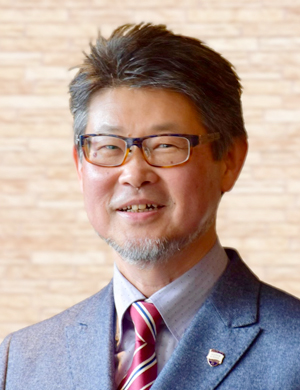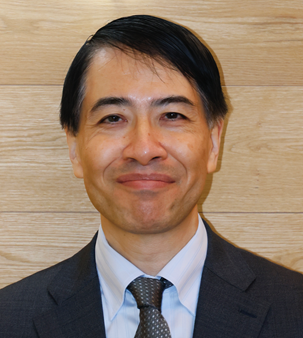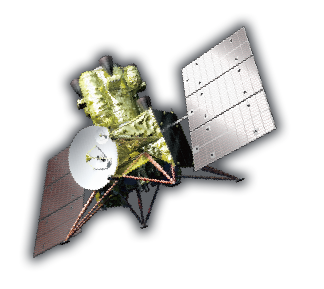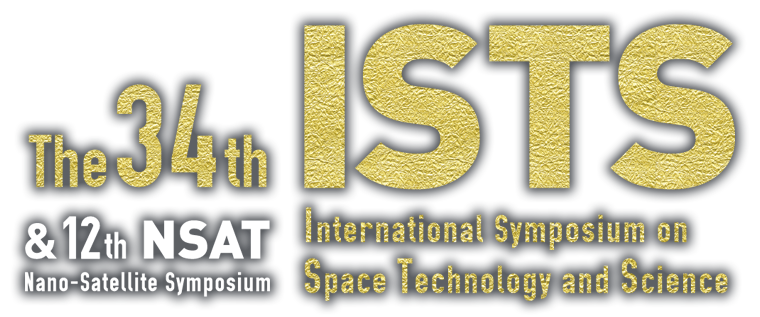Message from the 34th General Chairperson
Dear All
The 34th International Symposium on Space Technology and Science (ISTS), jointly with the 12th Nano-Satellite Symposium (NSAT), will be held from June 3 to 9, 2023, in Kurume City, Fukuoka Prefecture, Kyushu, Japan, where research and development in space science and technology by industry, government, and academia are remarkably advanced. Kurume is a city rich in nature, surrounded by Kyushu’s largest river, the Chikugo River, the Chikugo Plain, and the Minoh mountain range. Nurtured by the bounty of this nature, the rich culinary culture of “sake,” “fruits,” and “B-class gourmet,” as well as the spirit of “monozukuri” and the fragrance of “historical” culture, make visitors feel even more welcome. We are pleased to welcome you to such an attractive land.
An overview of the current state of space science and technology reveals that, on the industrial front, small satellites are becoming significantly more widespread, while advanced robotics, 3D printers, and light-based manufacturing are driving technological innovation, making possible large space structures, reusable rockets, space travel, deep space exploration, and advanced space communications. In this context, research and development is being conducted in various fields, such as debris recovery and next-generation green propulsion technologies, to develop technologies for a truly sustainable society and to expand future manned space activities. Academically, space science and exploration, along with many other scientific and technological fields such as reentry, materials, control, robotics, navigation, and orbital engineering, are paving the way to answer fundamental questions about the history of space and the solar system. These scientific achievements are inspiring future generations of students, educators, and researchers around the world. The conference is expected to bring together stakeholders from all areas of space development and utilization from around the world to discuss these developments and find ways to collaborate with each other.
The so-called SDGs (Sustainable Development Goals), adopted unanimously at the UN Summit in September 2015, consist of 17 international goals to achieve a sustainable, diverse, and inclusive society where “no one is left behind” by 2030. Serious discussions are needed on how those involved in space science and technology should address this issue in order to make the post-corona society a peaceful and safe world and to achieve the SDGs. At this conference, as in the previous one, we hope to have a lively discussion on how space utilization can contribute to the SDGs, as well as how space utilization can set its own SDGs.
Once again, I would like to express my deepest gratitude to the sponsoring organizations and all those involved and ask for your valuable support and cooperation to make this event a fruitful one.
We look forward to seeing many of you at the 34th ISTS.


Prof. Toru Shimada, JAXA
Chairman of the 34th ISTS Organization Committee
Message from the 34th Program Chairperson
It is my great pleasure to announce the 34th ISTS jointly held with NSAT in one of the most attractive cities in southern Japan, Kurume city. We welcome participants from all the countries and choose your favorite style of participation either visiting Japan or joining online. Historically, ISTS’s emphasis was on the academic side of space activities but currently the role of private sectors is significantly increasing. As a result, space activities are attracting attentions of many industries and there are emerging new-space companies. To meet a variety of needs, the symposium provides state-of-the art information and networking opportunities not only on space technology and science but also on all the space activities including space business. The symposium is also focusing on development of young generation. For young researchers including students, this symposium would be the first chance to make a presentation, to discuss, and to enhance networking with participants from the world. To foster their activities, the symposium prepares several awards, networking events either offline and online, and young researchers are encouraged to submit their first journal paper to ISTS’s journal, journal of evolving space activities (JESA).
The symposium starts with a special session on world’s space highlight, in which overview talks from space leading countries as well as from Japan are presented. After the world’s space highlight session, another special session for sustainable space development is prepared to share worldwide space activities. To get together, discuss, and cooperate for the sustainable space activity is strongly related to the main theme of this symposium, “space for all of us.” There are also other special sessions to overview and discuss the recent and future aspects of space transportation and exploration. In addition, in case you are young researchers, please join the sustainable space development 2040 session in which in a hybrid style forum to anticipate what the future space activity looks like by whom will lead the future space activities. From Monday to Friday, more than 100 technical sessions are prepared, for example, space transportation, Earth observation, global navigation, space station, and space exploration including almost all space related technology, space science, space education and outreach, and so on.
For enhancing networking, the symposium provides an exhibition site and many social events. On Monday, welcome reception is hosted by Kurume city, and all the participants to the symposium are invited. The symposium site is in the center of Kurume city. The symposium site, Kurume City Plaza, is surrounded by many cultural spots, shops, and gourmet food restaurants hence you can visit many sight-seeing spots and your hotel within walking distances. On Tuesday night, symposium’s staffs are going to “survey” gourmet restaurants with you. Several optional tours for accompanying persons are also in preparation. You can off course travel a distance using transportation systems including “Shinkansen”, other cities such as Hakata, Nagasaki, Kagoshima via the Kyushu line and connecting at the Hakata station you can reach all the major cities in Japan very easily. In case you come to Japan, please enjoy the city of Kurume and cities in Japan. We are waiting for your participation!

Ikkoh Funaki
Chairperson of the Program Committee of 34th ISTS


